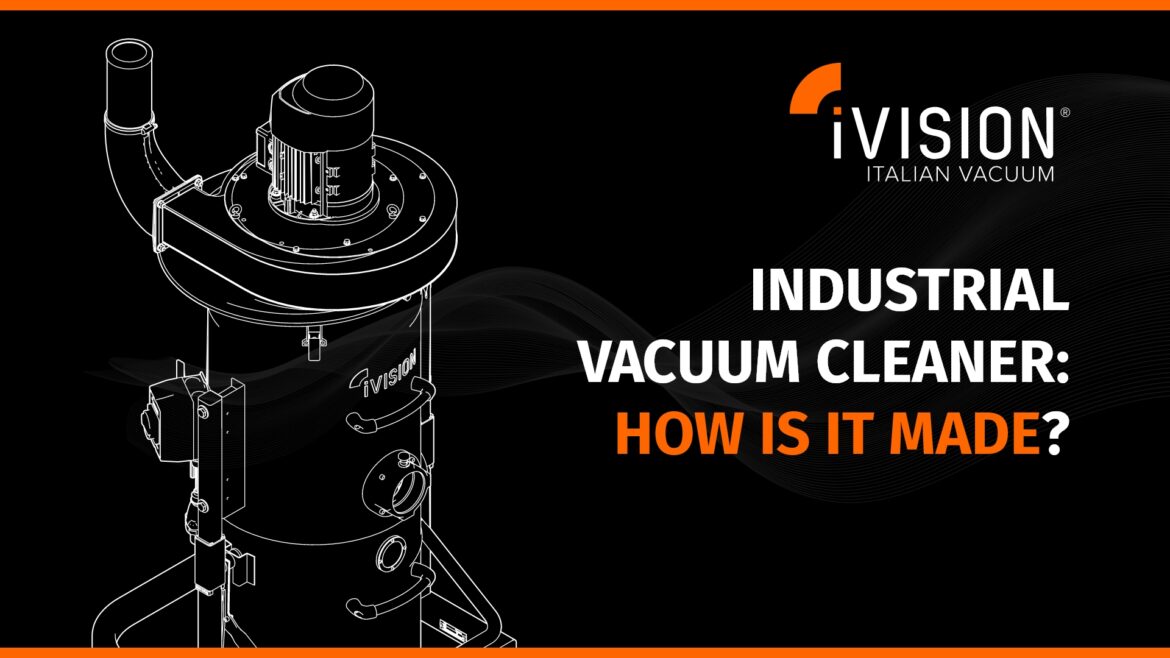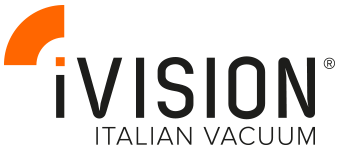
iVision Vacuum has been designing, engineering and manufacturing industrial vacuum cleaners for more than 10 years. Although the areas of application and the suctioned materials are varied, every industrial vacuum cleaner has standard components that cannot be missing. Let’s see together what an industrial vacuum cleaner is composed of.
1. Motor unit
Consisting of side channel blower or centrifugal fan, the motor unit is basically the heart that enables the vacuum cleaner to function. This key component is defined according to the performance desired. Basically, the customer describes the type of work for which they need the vacuum cleaner, the type of material to be suctioned, and the distance to the suction point. Based on this data, our technicians define the air flow, depression, and power of the vacuum cleaner, choosing the most suitable configuration for the use.
2. Filter chamber
This is the place where the filter is housed. Among the most important parts of the whole vacuum cleaner, the main filter is used to retain even the smallest particles of suctioned material, to leave the working environments clean and in safe conditions for the health of the operators. The type of filter is determined according to the type of material to be suctioned and, more specifically, according to the dust classification regulated by IEC 60335-2-69. To learn more, read this article summarizing the dust categories at the European level.
3. Collection container with release lever
This component is used to collect the suctioned material. The capacity of the collection container is decided on the basis of the customer’s specific vacuuming needs: it ranges from a minimum of 38 liters to a maximum of 1160 for custom models, with even the possibility of continuous discharge and thus continuous capacity. The iVision Vacuum collection containers have swivel wheels that make them easy to handle even on uneven floors. In addition, they can be equipped with PVC bag kits so that the vacuumed material can be disposed of in collection bags and thus in a more easy and healthy way for the operator.
4. Silenced exhaust
When an industrial vacuum cleaner is turned on, what causes noise is the movement of large amounts of air, which, colliding against the vacuum’s sheet metal, causes friction and noise. To dampen this noise, iVision Vacuum cleaners have silenced exhausts, which are sheet metal elements coated with sound-absorbing material that dampens the sound of clean air coming out of the vacuum cleaner.
5. Suction nozzle for hose connection
The suction manifold, located on the vacuum cleaner body, is the inlet point to which the suction hose is attached. The standard diameters provided by iVision Vacuum are 100 and 160. However, they can be customized through reduction joints to adapt the diameters to the customer’s specific needs.
6. Control panel
The control panel is the element through which the entire vacuum cleaner is operated. In addition to the start and stop switch, there are other functions that regulate the operation of the vacuum cleaner. For example, you can schedule filter cleaning or you can set the vacuum cleaner to start at the same time as the machinery to which it is connected.






